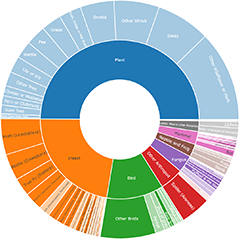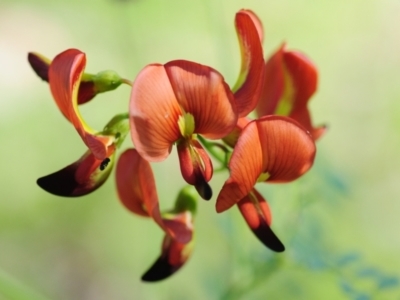Plants
Plants
Announcements
There are currently no announcements.
Discussion
Spud
wrote:
Yesterday
Hi @LyndalT,
Well this is really turning out to be the friendly app! @JasonPStewartNMsnc2016 has been awesome in getting me started in doing identifications but... I don't share his enthusiasm for athletic carnivals. He he... But come October when I'm watching cars go round and round at Bathurst he may well be slapping his palm against his forehead and saying 'Why Oh Why?'
Que sera sera.
Well this is really turning out to be the friendly app! @JasonPStewartNMsnc2016 has been awesome in getting me started in doing identifications but... I don't share his enthusiasm for athletic carnivals. He he... But come October when I'm watching cars go round and round at Bathurst he may well be slapping his palm against his forehead and saying 'Why Oh Why?'
Que sera sera.
Cyrtomium falcatum
waltraud
wrote:
Yesterday
there was definitely gorse at the site. On the map (small scale) you can see where the sink hole was that Parks filled. A few meters to the east I removed gorse for a number of years, that was before Field Maps. I know that Parks regularly monitored the area for Gorse; however, I'm not sure whether they still do because I suggested FoMM will have an eye on it as long as we work at the Fair. We should mark it with pink tape to remind us that it is there ....
Ulex europaeus
abread111
wrote:
Yesterday
Coordinates OK and record quality gets tick for GPS
Allocasuarina littoralis
waltraud
wrote:
Yesterday
abread111 can you see the coordinates at this sighting Allocasuarina littoralis (Black She-oak) too? that is one of the in situ A. littoralis photos I took in the field and used for the other record. The problem might be the mixing up of records taken at various sites which I will avoid in future.
Allocasuarina littoralis
Significant sightings
- Leionema lamprophyllum subsp. obovatum at Cotter River, ACT
- Austrocylindropuntia cylindrica at Goulburn, NSW
- Zieria cytisoides at Tharwa, ACT
- Cytisus scoparius subsp. scoparius at Campbell, ACT
- Araujia sericifera at Kaleen, ACT
- Lespedeza juncea subsp. sericea at Strathnairn, ACT
- Araujia sericifera at Kambah, ACT
- Bossiaea grayi at Kambah, ACT
- Asperula ambleia at Greenway, ACT
- Sophora tomentosa at Port Macquarie, NSW
Species Richness Score (SRS)
15,799 

Top contributors
- Tapirlord 10.7K
- Mike 7.4K
- trevorpreston 7K
- MichaelBedingfield 6.4K
- dhkmapr 5.4K
- JaneR 5.2K
- plants 3.3K
- ConBoekel 3.1K
- KylieWaldon 2.7K
- NedJohnston 2.6K
Top moderators
- Tapirlord 41.5K
- MichaelMulvaney 21.3K
- MichaelBedingfield 12.1K
- BettyDonWood 8.2K
- natureguy 7.4K
- plants 7K
- MattM 5.8K
- dhkmapr 5.4K
- TonyWood 3.1K
- CathB 2.8K











































































































